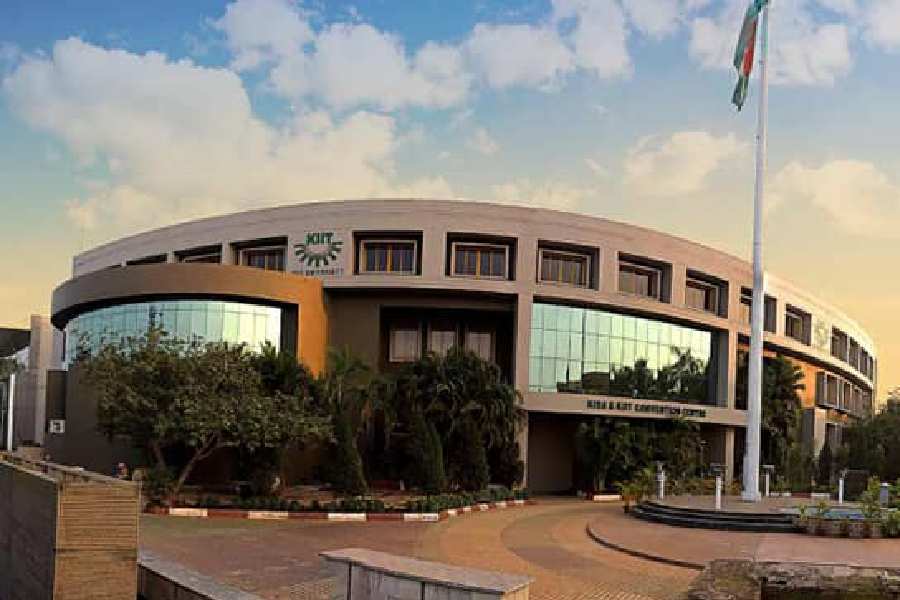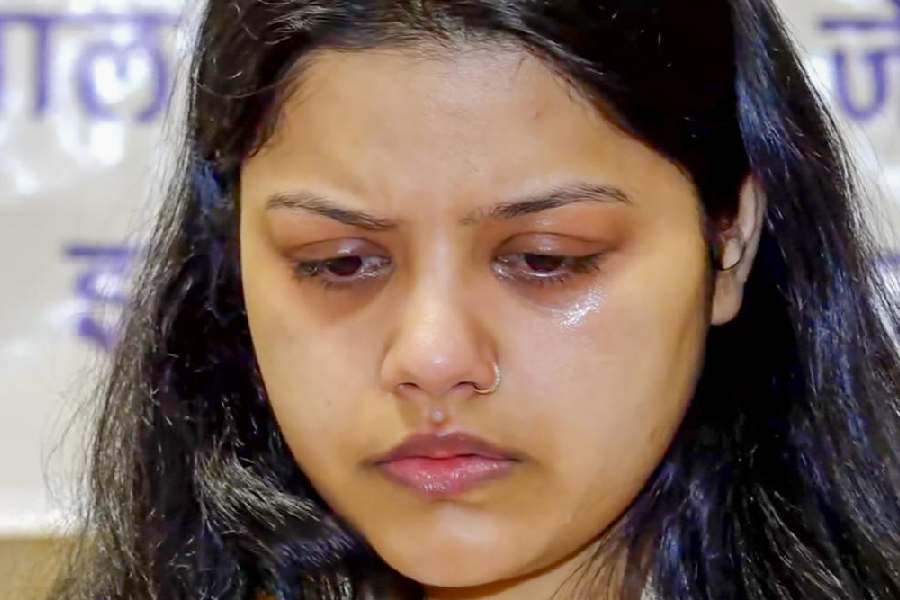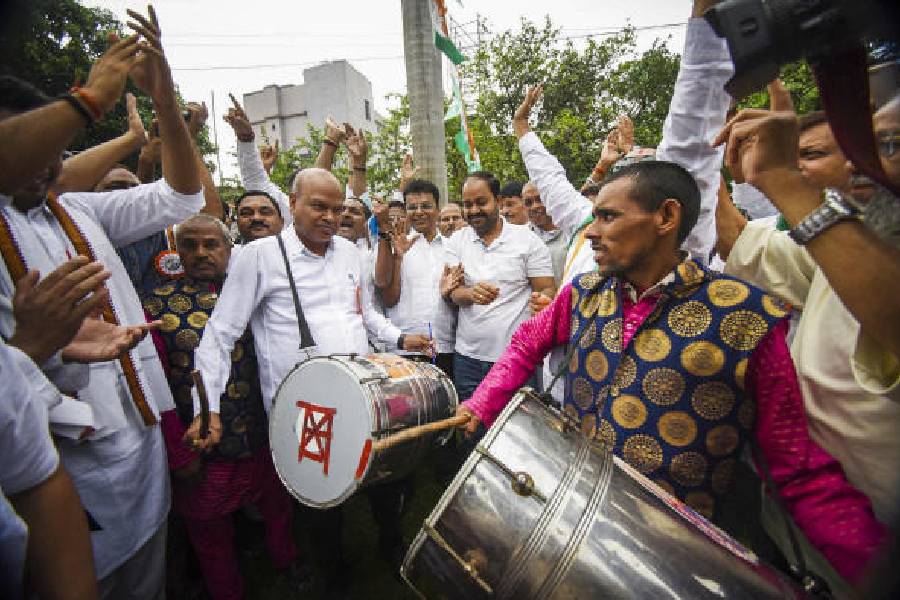Xajilo kasilo Nogai niyok buli
Nogayo ninile maj dangor buli (or)
Nogar sangtolehe baat (or)
Noga gha, Noga khong, Noga tenga
The list of words that have, like shovels, dug the deep dark abyss that separates the Nagas and the Assamese is endless. The divide lies not just across the bullet-torn borders of Assam and Nagaland at Mariani, but across the hearts of people who were once one as part of undivided Assam.
The first of the above is a proverb that means, literally, that “I was all dressed up so a Naga would take me, but what with my fat middle even he didn’t”.
The second means anything that is a given, literally that a Naga will always have to walk past below his sang ghor, his home on a raised platform. Gha is a sore, khong is anger, tenga is a sour fruit — anything in the extremes would have the word Noga, meaning Naga, stuck to it.
Today, as blood spilled on the border, most headlines across Assam’s television screens screamed: “Nagas fire across border”. Not criminals from across the border, but Nagas. Generic more than extreme, like almost a prefix of derision.
“The change (to mend their ways and not use such language, in such a manner) will have to come from the side of the Assamese,” says Charles Chasie, writer and intellectual and Angami Naga from Kohima. “As for the ongoing clash at Mariani, the Adivasi community along the border seems involved in it. But remember, finally it has to be the Nagas and the Assamese who will have to work out a long-term solution to the border issue,” Chasie says, offering a micro-analysis of the clash.
In Assam, bridging the divide seems to have a different approach altogether. “We have done our best to reach out to the Naga people along the border, but their converting to Christianity has become an impediment,” says Leela Mahanta, president of Xatra Mahasabha, an umbrella organisation of some 862 xatras that in more ways than one make for the cultural foundation of the Assamese community. As for the use of language that may hurt Naga sentiment, “Well, it’s language our ancestors used,” says Mahanta. “Also up to the organisations such as the Sahitya Sabha to talk about it,” he says.
Toi Nagini ne Noga sangor, incidentally, is a modern Bihu song, sung by some of Assam’s youngest artistes, in Circa 2010. Nagini is a Naga girl, Noga sang the same as that was referred to in the olden days in Nogar sangtolehe baat.
“Unless Assamese people stop using such language and stop singing such songs, things could only get worse in future,” Paramananda Rajbongshi, secretary of the Asam Sahitya Sabha told The Telegraph this afternoon. “I also appeal to the media to deal with this sensitively. Assamese does have such words not just about the Nagas but also communities such as the Karbis. That needs to change.”
“It is time both the communities sat down, without an agenda to win but to know each other’s hearts,” says Monalisa Changkija, editor of a newspaper in Nagaland and whose parents are Assamese and Naga.
In the struggle for peace, it isn’t just people on the Assam side of the border who seem to be fighting a losing battle. “I am ashamed to say that I didn’t even know about this latest clash,” said social activist Niketu Iralu from Nagaland “and I am the newly elected chairman of the Nagaland Baptist Church Council Peace Committee. We simply aren’t doing enough. The church has to take this beyond making religious doctrinal statements”.
Mariani, in the meantime, bleeds. As did Merapani and Geleki in the past.










